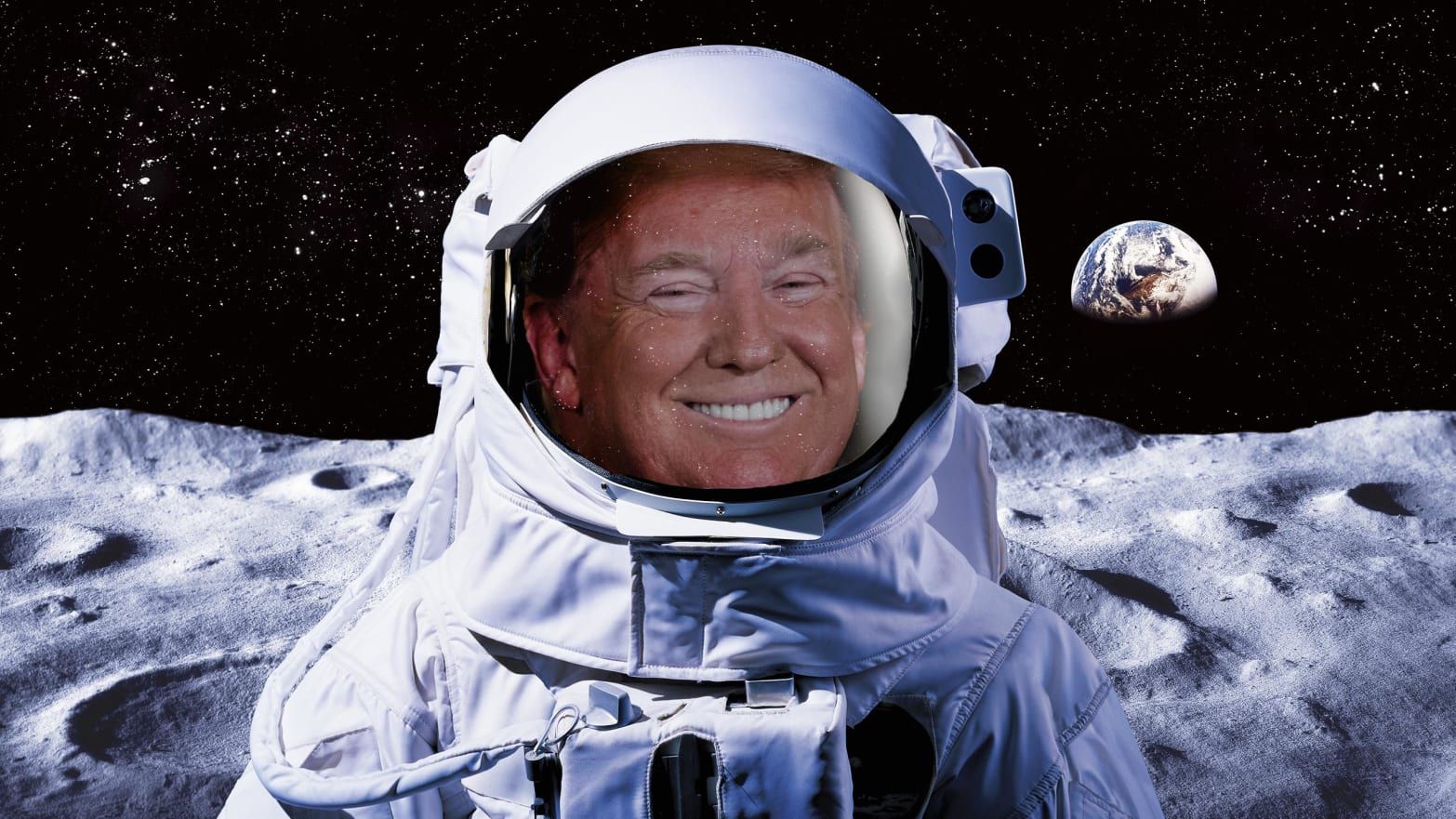Will Biden Cede Space Preeminence to the Chinese?
Article by Douglas MacKinnon December 12, 2020 (thehill.com)
• On December 9th, Vice President Mike Pence addressed an assembly of the National Space Council, and to introduce the NASA astronauts selected for the Artemis Program’s return of humans to the Moon. During his speech, Pence made mention of the growing threat posed to the United States by China’s militarized space program. “China is increasingly emerging as a serious competitor in space,” said Pence. “As the world witnessed, China recently landed an unmanned craft on the moon and, for the first time, robotically raised the red flag of Communist China on that magnificent desolation.”
• “China is increasingly emerging as a serious competitor in space,” said Pence. “In four short years (ie: Trump’s administration), America is leading in space once again.” The reality is that China emerged as a serious competitor well over a decade ago, becoming the preeminent space-faring nation on Earth. The Trump administration has been forced to play catch-up after the setbacks in the space program enacted under his previous administration. And now that Joe Biden may be assuming the White House in January, China knows that the US is could to slip further behind.
• Virtually every incoming President has tended to scale back or dismantle the space policies enacted by his predecessor. When Barack Obama replaced George W. Bush, his administration oversaw the shutdown of America’s ability to send astronauts into space on US spacecraft. We came to rely on the Russians to get Americans to the mostly U.S.-built International Space Station – at a cost of $90 million per astronaut.
• The political and military leadership of China are thrilled that an incoming Biden administration, which despises Trump, would put Trump’s space policies – such as the Space Force, the return of American astronauts to the Moon, and the very existence of the National Space Council – squarely in the crosshairs of Team Biden. Much of Biden’s NASA transition team is led and staffed by Obama-era retreads who have made it abundantly clear that they favor redirecting NASA and Space Force dollars toward domestic programs and fighting climate change.
• Such stated goals are music to the ears of the People’s Republic of China. Every US tax dollar directed away from the American space program is a victory for China and their ultimate endgame. China understands its greatest competition, and its greatest threat, is the United States. They look for any opportunity to create an advantage over the US to further its goal to dominate the cislunar theater from Earth to the Moon. Recent news of the Chinese government seeking to compromise certain US politicians is evidence of China’s long-term strategy to usurp American power.
• You can be sure the Chinese leadership is hopeful that Biden will not only dismantle all that Trump has done regarding space, but will relegate the US space program to a back burner. In this case, historic precedent is on the side of the Chinese.
This past week, Vice President Mike Pence, in his capacity as chair of the National Space Council, addressed a meeting of that group at the Kennedy Space Center in Florida. Although his speech was rather generic and filled with too much partisan praise of President Trump, he did manage to briefly address a critically important topic: the growing threat posed to the United States by China’s militarized space program.
But, as they say in the news business, even with that warning, Pence still managed to “bury the lead.” In remarks that stretched almost two hours, he spoke about the threat from China for only one brief paragraph.
Said Pence: “China is increasingly emerging as a serious competitor in space, just as they are in other areas of the global economy and to the strategic interest of the United States. As the world witnessed, China recently landed an unmanned craft on the moon and, for the first time, robotically raised the red flag of Communist China on that magnificent desolation.”
The political and military leadership directing China’s space program must have burst out laughing when they heard or read Pence’s assessment that “China is increasingly emerging as a serious competitor in space,” or when, later in the speech, he declared: “In four short years, America is leading in space once again — it’s true.”
In fact, China “emerged” as a “serious competitor” well over a decade ago.
China knows it is the preeminent space-faring nation on Earth, and that the United States may be about to slip much further behind them with the coming change in presidential administrations.
For all those in the United States who understand the critical need for the United States to have robust civilian and military space programs, almost every presidential election becomes a recurring nightmare realized.
The main reason is that virtually every incoming president tends to scale back or dismantle the space policies enacted by his predecessor. The fact that the “predecessor” in this case will be Donald Trump, who is despised by much of the incoming Biden administration, puts Trump’s space policies and programs squarely in the “cancel it” crosshairs of Team Biden — policies such as the Space Force, a return of American astronauts to the moon, and the very existence of the National Space Council itself.
FAIR USE NOTICE: This page contains copyrighted material the use of which has not been specifically authorized by the copyright owner. ExoNews.org distributes this material for the purpose of news reporting, educational research, comment and criticism, constituting Fair Use under 17 U.S.C § 107. Please contact the Editor at ExoNews with any copyright issue.
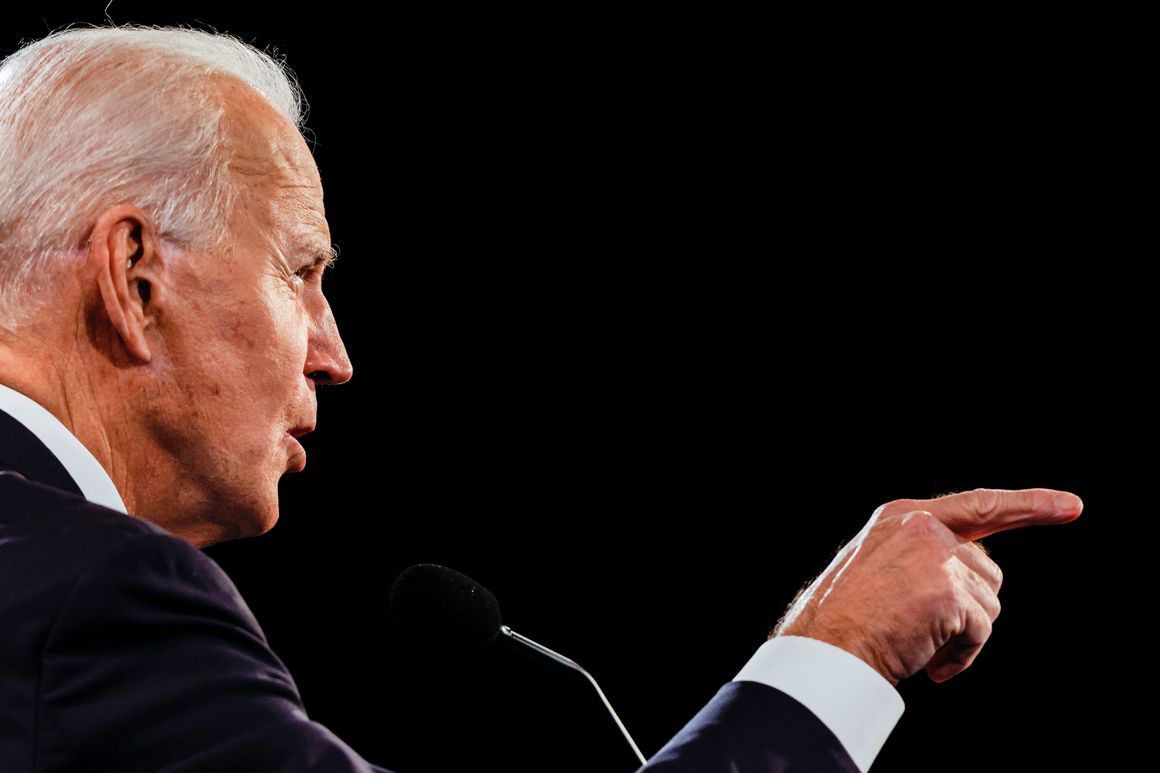

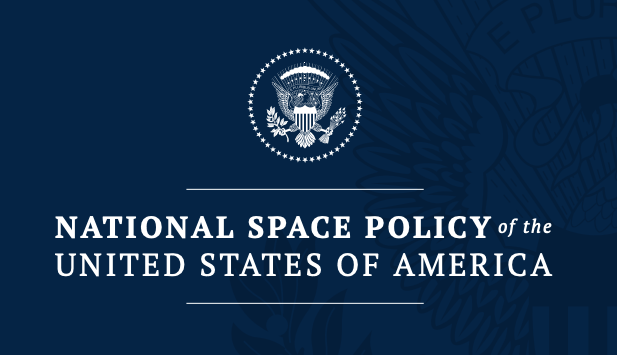











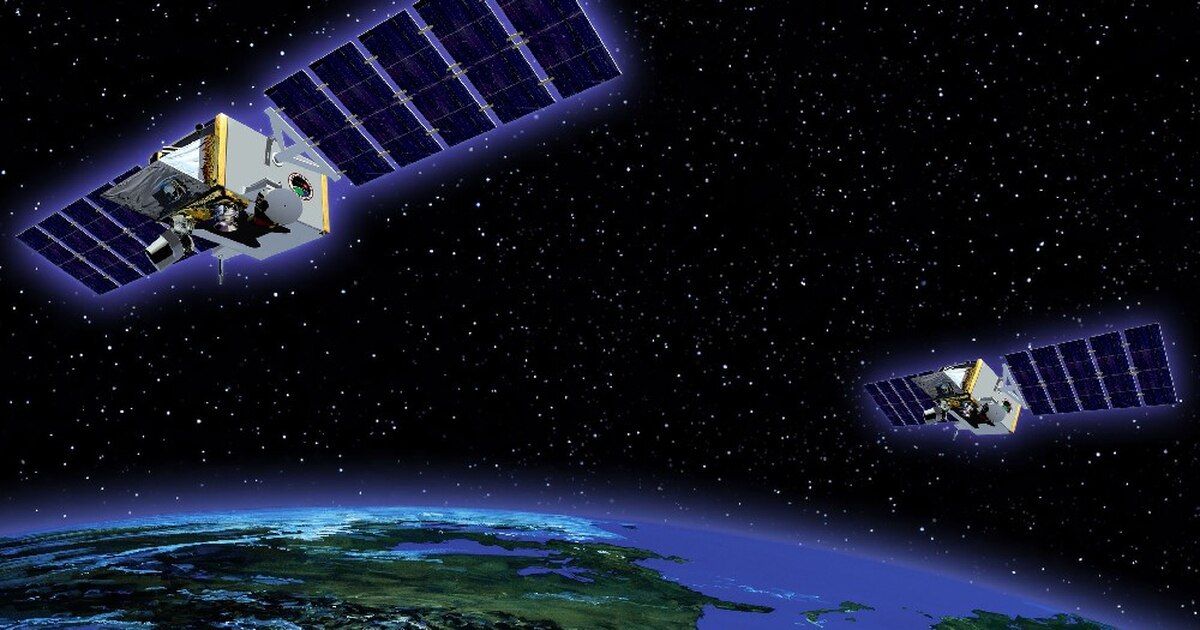





 Donald Trump set bold goals for space exploration during his time in office – from crewed missions to the Moon and Mars to a Space Force. By contrast, his successor Joe Biden has been relatively quiet on space policy. So how is space exploration likely to change going forward?
Donald Trump set bold goals for space exploration during his time in office – from crewed missions to the Moon and Mars to a Space Force. By contrast, his successor Joe Biden has been relatively quiet on space policy. So how is space exploration likely to change going forward?
 During the Trump administration, NASA also committed to the return of astronauts to the Moon in 2024 under the Artemis program. This is due for its first test launch (uncrewed) next year with Artemis-1. This builds on the Constellation program which was implemented by Republican president George W Bush in 2005 but was subsequently cancelled by Democratic president Barack Obama due to its high cost and difficulty.
During the Trump administration, NASA also committed to the return of astronauts to the Moon in 2024 under the Artemis program. This is due for its first test launch (uncrewed) next year with Artemis-1. This builds on the Constellation program which was implemented by Republican president George W Bush in 2005 but was subsequently cancelled by Democratic president Barack Obama due to its high cost and difficulty.




 n
n 



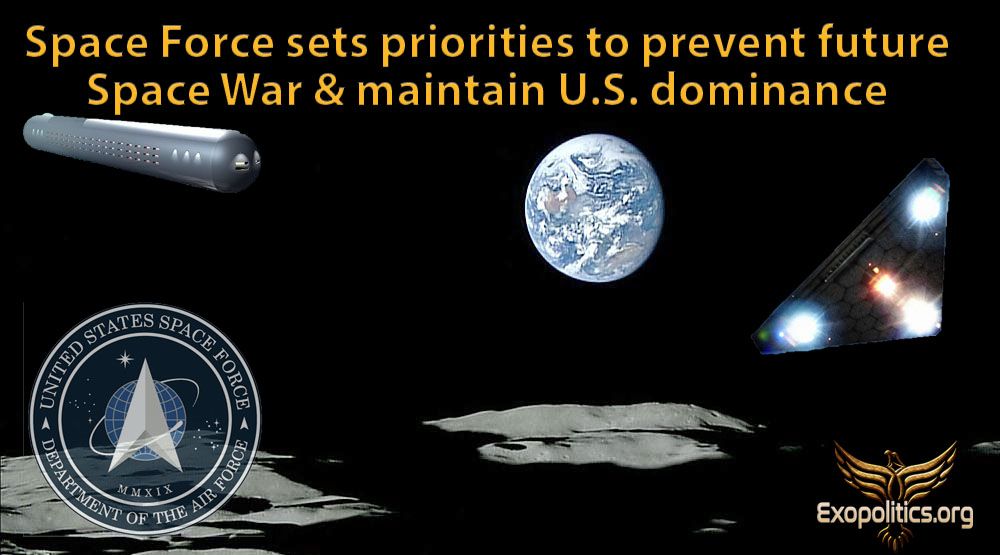


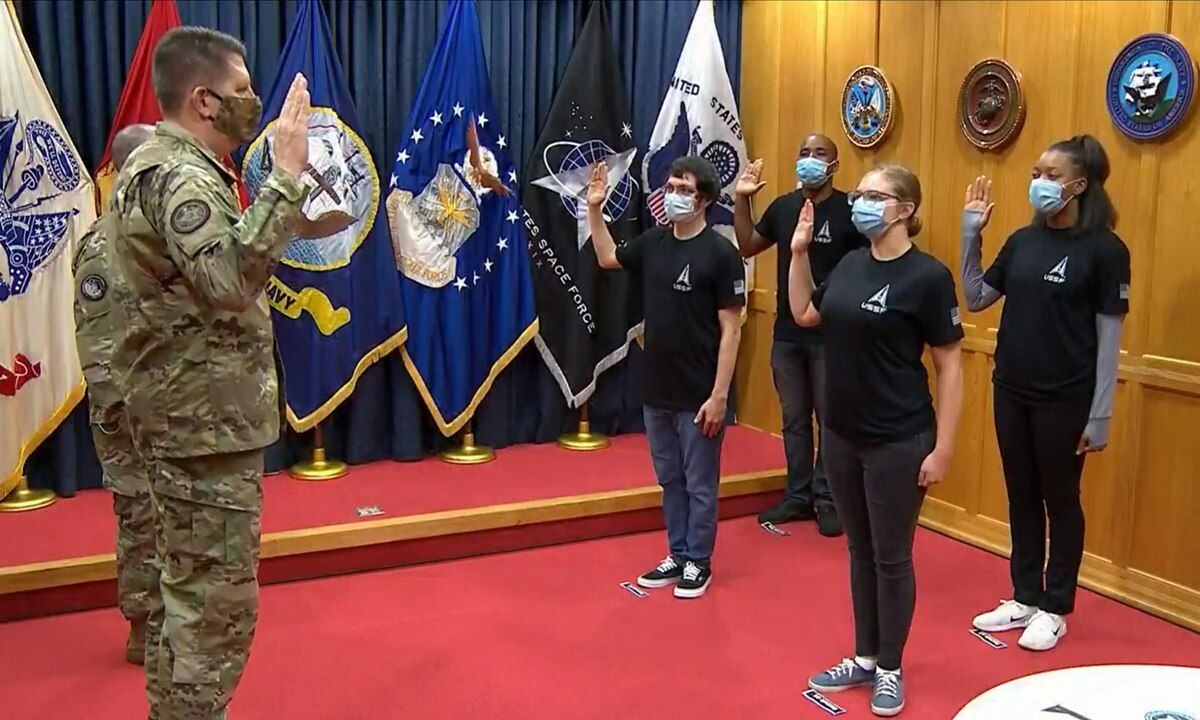


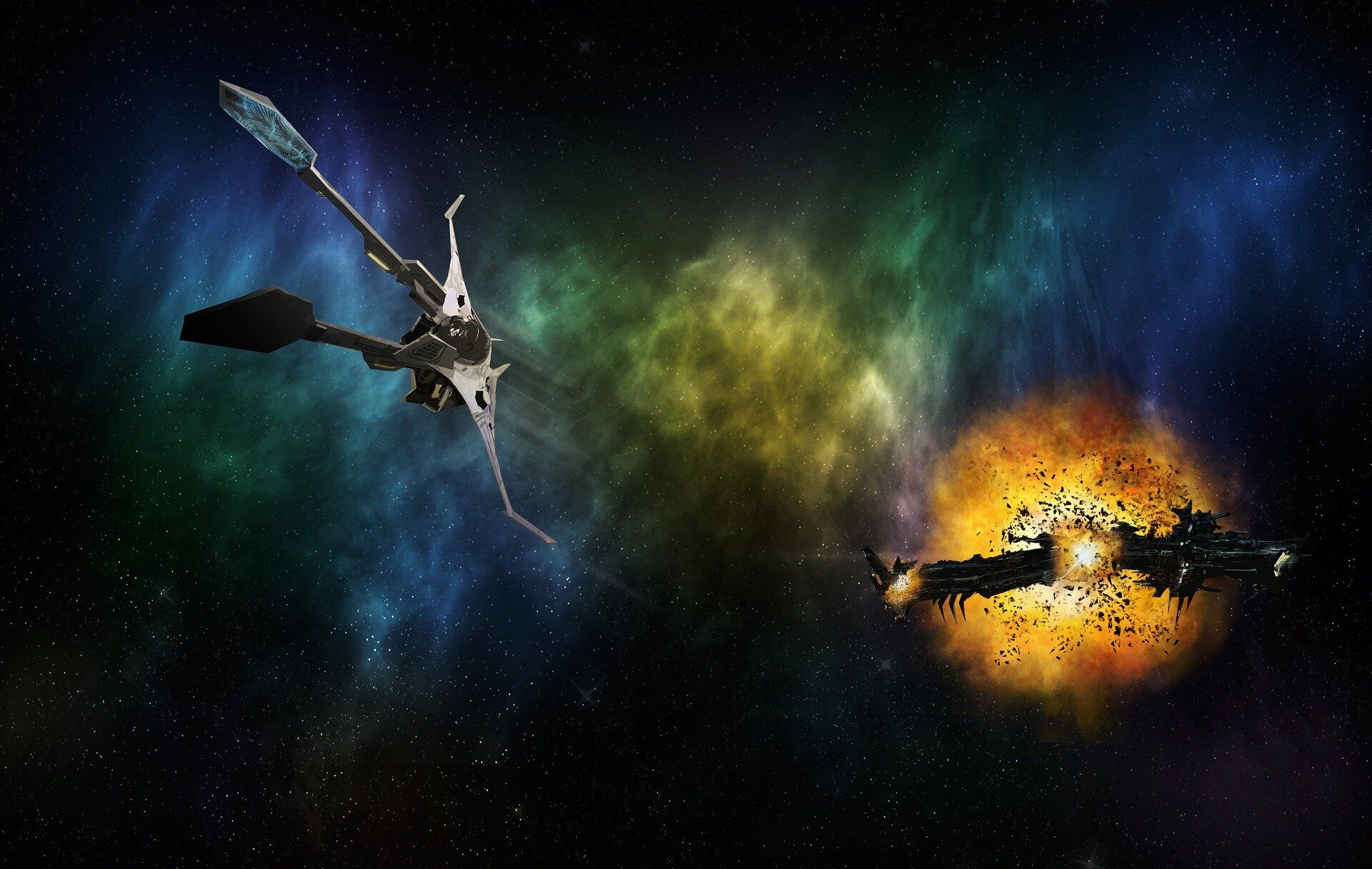

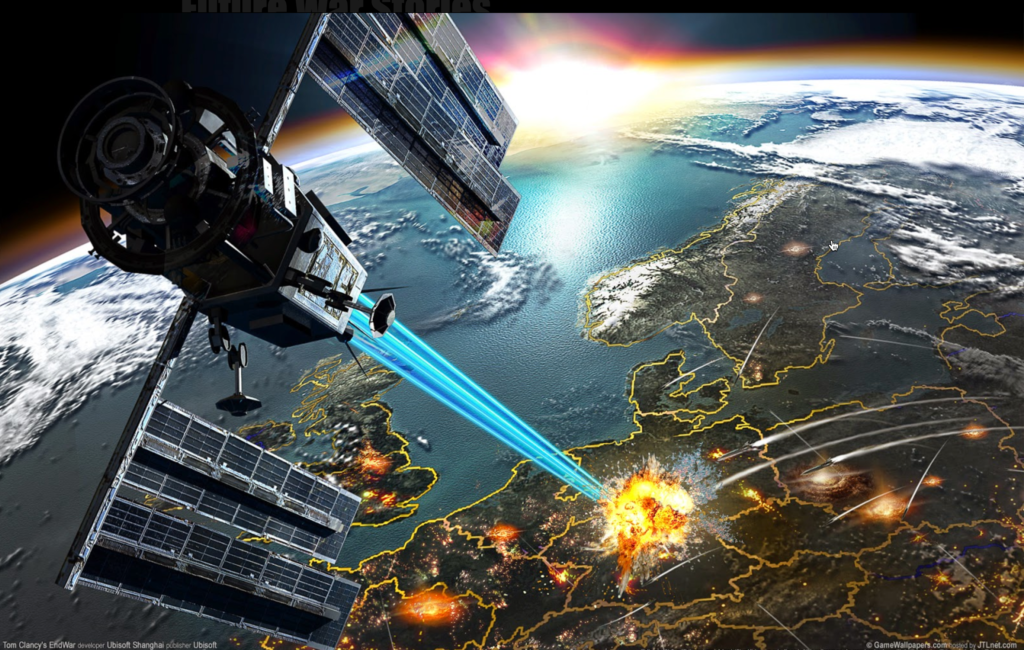

 and three other nations have demonstrated the ability to destroy orbiting satellites — Russia, China, and, most recently, India, with a test in March last year. Officials from the U.S. Air Force and the U.S. Space Force have largely confined themselves to talking about building the resilience and redundancy of U.S. space assets and protecting them from enemy attacks, such as ASATs.
and three other nations have demonstrated the ability to destroy orbiting satellites — Russia, China, and, most recently, India, with a test in March last year. Officials from the U.S. Air Force and the U.S. Space Force have largely confined themselves to talking about building the resilience and redundancy of U.S. space assets and protecting them from enemy attacks, such as ASATs.

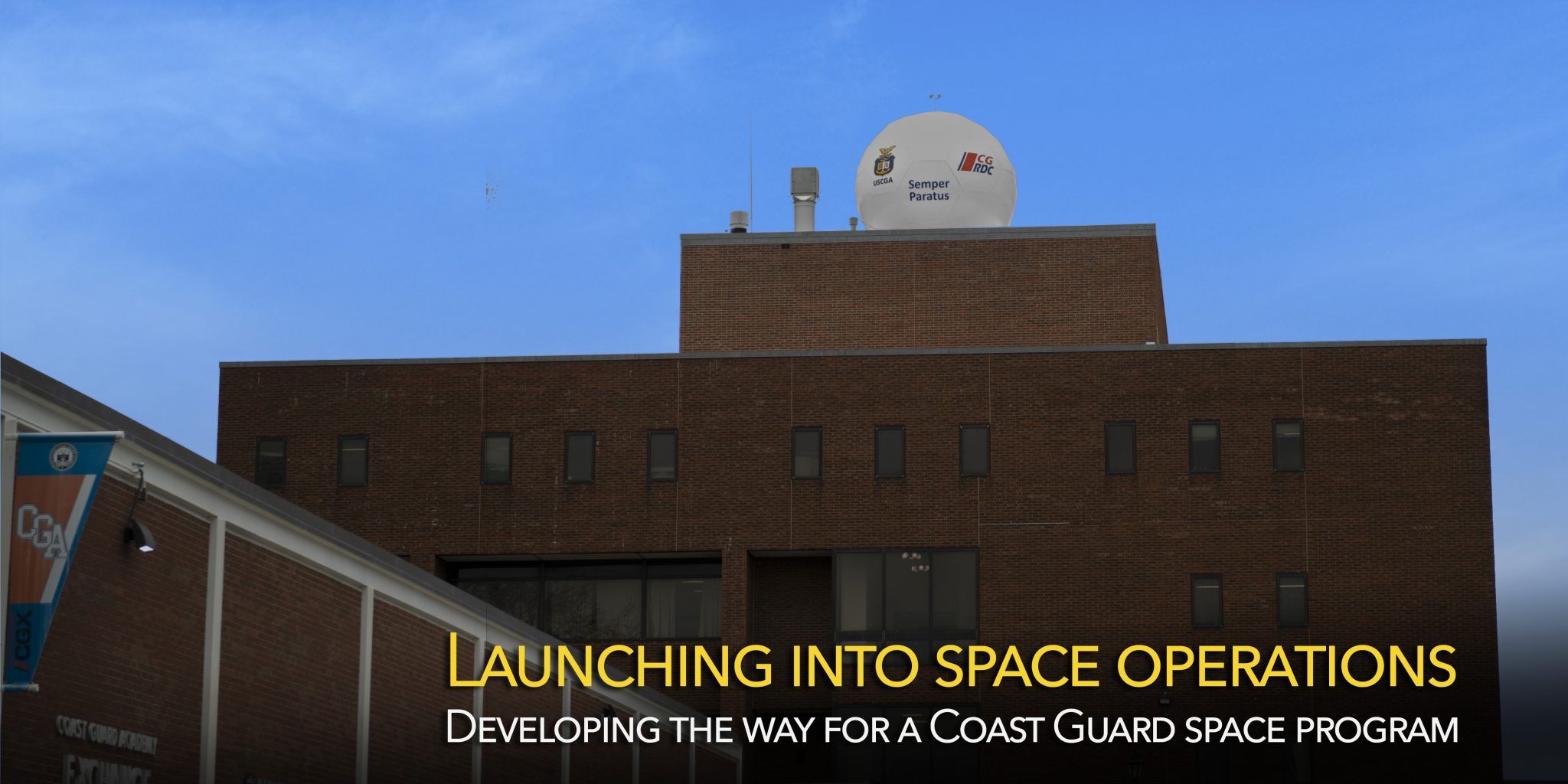
 In December 2018, the U.S. Coast Guard joined the space faring community. It teamed up with the Department of Homeland Security Science and Technology Division and SpaceX to execute the launch of two small cube satellites (“cubesats”) — Yukon and Kodiak — as part of the Polar Scout program.
In December 2018, the U.S. Coast Guard joined the space faring community. It teamed up with the Department of Homeland Security Science and Technology Division and SpaceX to execute the launch of two small cube satellites (“cubesats”) — Yukon and Kodiak — as part of the Polar Scout program. in the Arctic, a domain that has always been important but is of increasing strategic significance today because it is at the intersection of great power competition and global climate change. In short, a warmer climate results in greater access; greater access results in greater maritime traffic, including by Russia and China. The Chinese, in particular, are constantly pressing to exploit resources the world over, be it living marine or hydrocarbon-based. Likewise, greater traffic means more need for increased governance presence to ensure safe, rules-based operations within the Arctic.
in the Arctic, a domain that has always been important but is of increasing strategic significance today because it is at the intersection of great power competition and global climate change. In short, a warmer climate results in greater access; greater access results in greater maritime traffic, including by Russia and China. The Chinese, in particular, are constantly pressing to exploit resources the world over, be it living marine or hydrocarbon-based. Likewise, greater traffic means more need for increased governance presence to ensure safe, rules-based operations within the Arctic. The Coast Guard is statutorily charged with serving as the United States’ Arctic governance presence. This means the Coast Guard increasingly requires the ability to communicate over-the-horizon — thus, Polar Scout. And while the Coast Guard lost linkage to Yukon and Kodiak shortly after launch, the mere fact that the service had the vision to go boldly to the heavens to meet that need should be a forerunner of things to come.
The Coast Guard is statutorily charged with serving as the United States’ Arctic governance presence. This means the Coast Guard increasingly requires the ability to communicate over-the-horizon — thus, Polar Scout. And while the Coast Guard lost linkage to Yukon and Kodiak shortly after launch, the mere fact that the service had the vision to go boldly to the heavens to meet that need should be a forerunner of things to come. shaping up to be turbo-charged by the commercial market and the seemingly never-ending, exponentially increasing power of computer processing. The United States is pursuing the Artemis Accords, the Space Force is getting off the ground, NASA is looking towards Mars (but first to the moon! To stay!), and commercial space pursuits are booming. The Coast Guard has already gotten in the game, but it must continue to seriously consider space as it develops budgets and strategies for the future.
shaping up to be turbo-charged by the commercial market and the seemingly never-ending, exponentially increasing power of computer processing. The United States is pursuing the Artemis Accords, the Space Force is getting off the ground, NASA is looking towards Mars (but first to the moon! To stay!), and commercial space pursuits are booming. The Coast Guard has already gotten in the game, but it must continue to seriously consider space as it develops budgets and strategies for the future. To succeed as an information-age military service and total-domain governance agency in the 21st century, the Coast Guard should view space through three lenses. First, how can the service best capitalize on cheap, ready access to space to facilitate its missions, as it had already started to do so with the Polar Scout launches? Second, how do commercial space efforts interact with the maritime industry and maritime domain; and to what extent, if any, does the Coast Guard need to adjust or modify its extensive suite of operating authorities and regulations to ensure that any risk to the safety and security of the maritime is adequately addressed? And third, how can the Coast Guard, as part of the joint force, assist the Space Force in executing the latter’s own responsibilities?
To succeed as an information-age military service and total-domain governance agency in the 21st century, the Coast Guard should view space through three lenses. First, how can the service best capitalize on cheap, ready access to space to facilitate its missions, as it had already started to do so with the Polar Scout launches? Second, how do commercial space efforts interact with the maritime industry and maritime domain; and to what extent, if any, does the Coast Guard need to adjust or modify its extensive suite of operating authorities and regulations to ensure that any risk to the safety and security of the maritime is adequately addressed? And third, how can the Coast Guard, as part of the joint force, assist the Space Force in executing the latter’s own responsibilities?

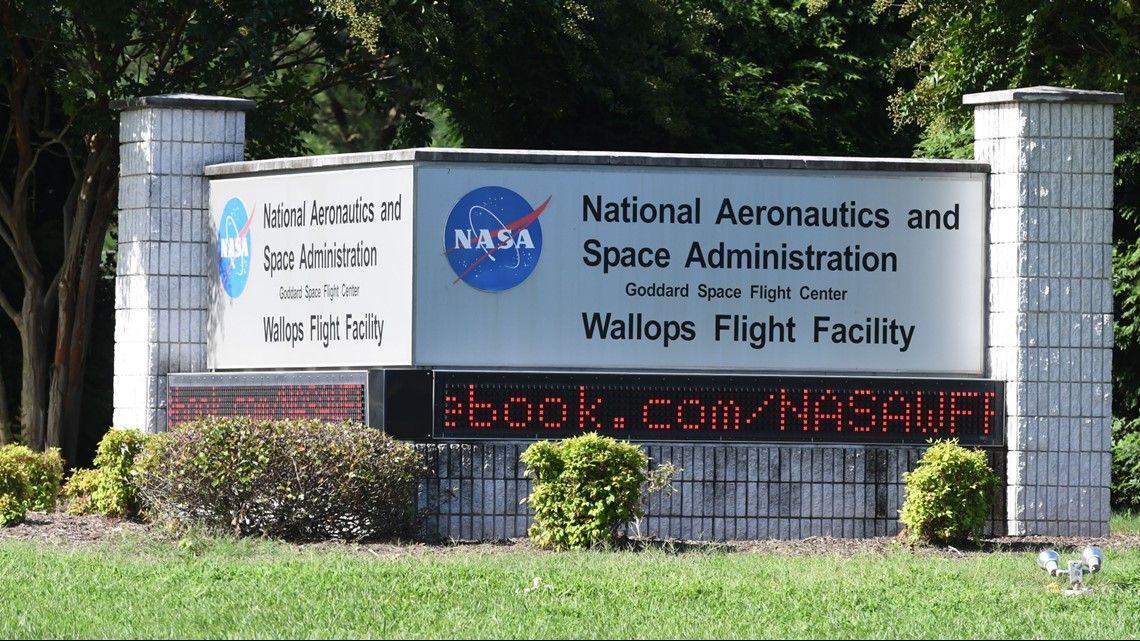
 WALLOPS ISLAND, Va. — Over the Chesapeake Bay Bridge, down past Chincoteague toward the southern
WALLOPS ISLAND, Va. — Over the Chesapeake Bay Bridge, down past Chincoteague toward the southern


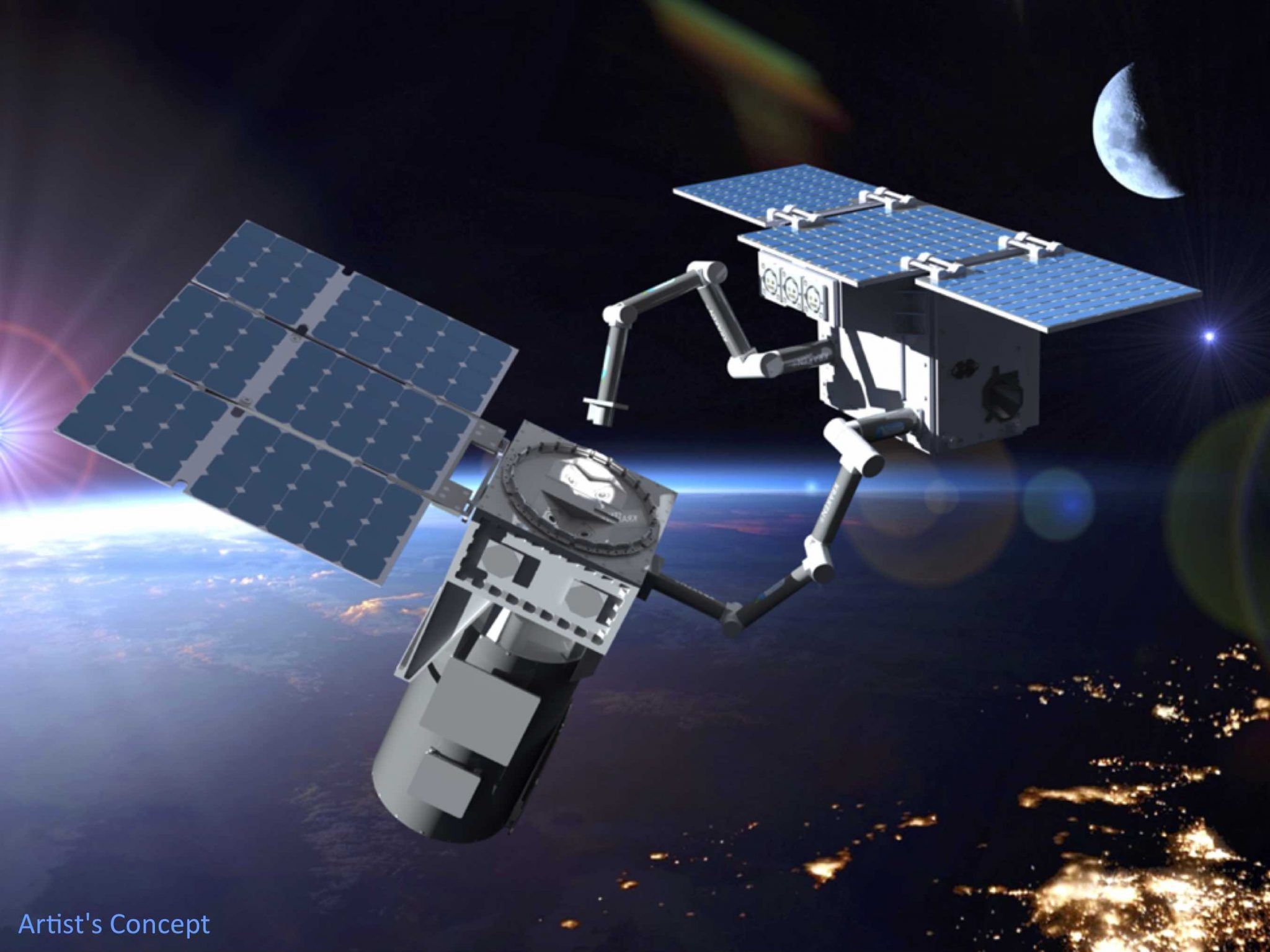

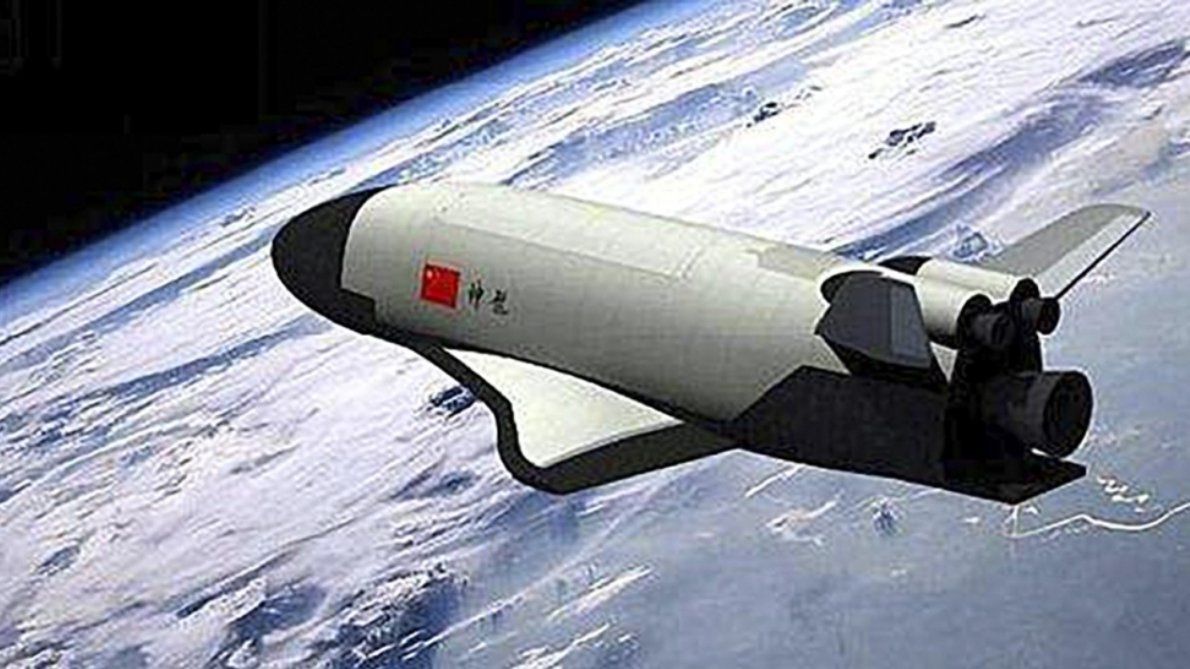




 A top Pentagon official announced on Tuesday that the Chinese People’s Liberation Army is building its capacities
A top Pentagon official announced on Tuesday that the Chinese People’s Liberation Army is building its capacities
